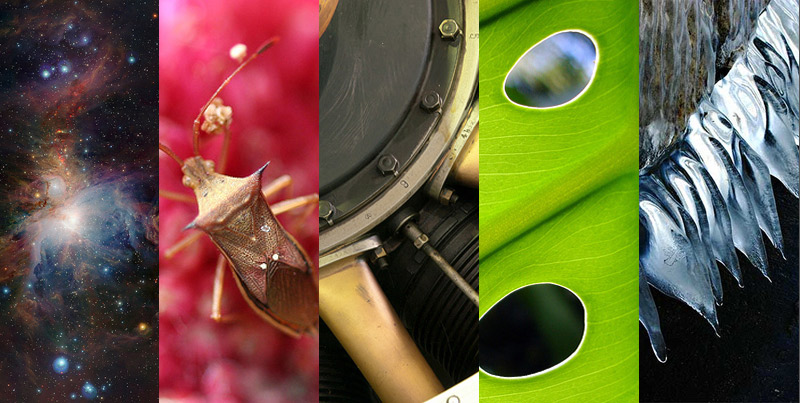
Photo: Keith Carver/Flickr
In Warner Bros.’ cartoons, there aren’t really any unhappy endings (unless you consider the Coyote’s Sisyphean pursuit of the Roadrunner particularly tragic. I say nibble on a desert tortoise or something, they’re much easier to catch). But for local loons, the story is a lot more devastating.
More than 900 loons died last fall during their migration over Lake Michigan. Researchers were turned on to the problem when Michigan woman Lynette Grimes found 600 dead loons on the beaches of Sleeping Bear Dunes National Lakeshore near Traverse City. She and her husband reported the deaths and spent the rest of the day burying the birds to contain any possible disease.
Now researchers are pointing to the invasive zebra and quagga mussels as the culprits. The foreign mussels create ideal marine conditions for the botulism bacteria Clostridium botulinum by, surprisingly enough, making the lake cleaner. They over-filter the water in Lake Michigan, creating clear patches where massive algae blooms can grow. When the algae die, they sink to the bottom of the lake, rot and dissipate the oxygen from the area. The anaerobic environment is perfect for C. botulinum to flourish and subsequently fall prey to small worms, shrimp and other creatures living on the lake floor. The bacteria then makes its way up the food chain when fish eat the worms and shrimp and loons prey on the fish. Once infected, the loons lose control of their muscles and eventually their ability to breathe.
So far, the outbreak has only affected Lake Michigan loons, and Minnesota loons seem as yet untouched.
